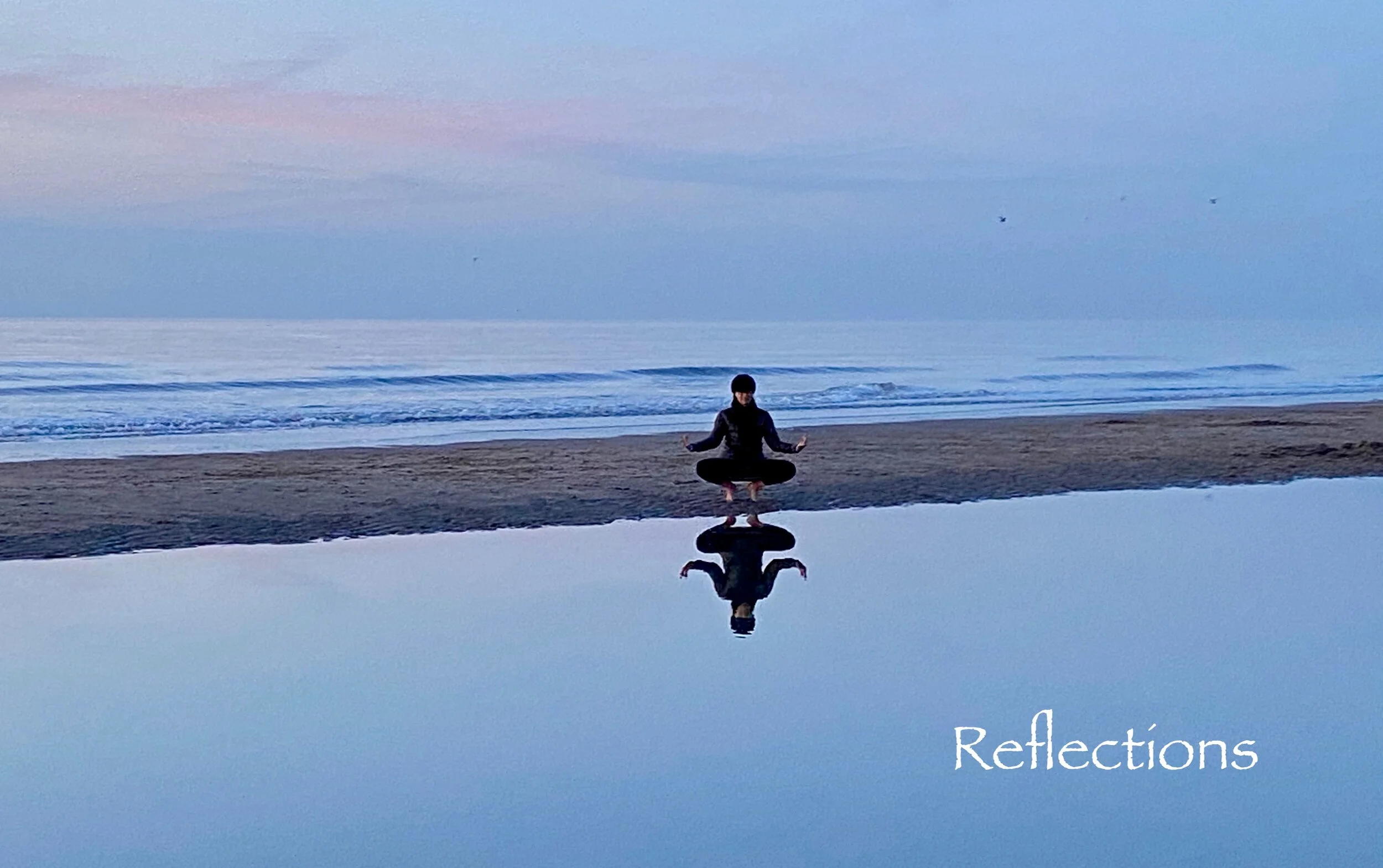How might our lives and our sense of purpose in this realm be different if every day we passed through a doorway that was carved in the shape of a Yoni? If we were visually reminded, as part of our daily routine, of where we came from, how we arrived here, and that the preciousness of the source of life is embodied within us? Imagine engaging in community rituals in which dance, story and adornment were regular reminders of the sacredness of relationship, self-love, and earned wisdom; or what it would be like to give birth on a lion throne, on a platform over the place where your ancestors were buried.
Thousands of years ago Goddess-revering civilizations flourished all over our beautiful planet. This fact has been well-documented, studied and written about by historians, archeologists, and authors. Goddess images, principles and values have been and continue to be celebrated in art, ceremony, and women’s gatherings around the world. Why, however, do images and stories of ancient Goddesses seem to exist so far outside of modern-day mainstream consciousness? Is it possible that this exclusion is a root cause of ever-increasing global destruction, turmoil, dis-ease, and crisis?
According to archeological data, Goddesses and Priestesses were held in high esteem in ancient cultures whose ruins turned up little-to-no evidence of weaponry and war culture, but instead revealed evidence of reverence for nature, beautiful and sophisticated art, refined architectural design, and egalitarian social structures. Goddesses are associated with values that hold the source of life as sacred, and that honor Nature as the ultimate Mother. Revering the story of a Goddess was (and is) practiced in order to encourage life-giving human behaviors such as creativity, nurturance, sensuality, growth and transformation, healing, courage, earth stewardship, access to higher states of consciousness, and the earning of wisdom through experience. Some Goddesses symbolized and celebrated the natural cycles of life, while others powerfully invoked the act of birthing and the mystery and wonderment of the creative force.
Is it possible that a return to these stories and values could be the balm and guidance that we need to not only nurture and inform our own lives, but to restore a sense of priority and integrity in our decisions around business, commerce, politics, ecology, health care, and relationships?
A relationship with the Goddess is a practice of remembering and embodying our lineage, the source of life, the sacredness of all beings, and our innate capability and responsibility to nurture, protect, and engage in life with well-informed courage and conviction.
Join us in the Red Tent this month as we explore how invoking the stories and lessons of ancient Goddesses and their civilizations can fortify us to take action in alignment with principles of ecology, diversity, and shared lineage. Inspired by the wisdom of our ancestors, we will create a more vibrant and harmonious world with confidence and conviction.
References:
The Heart of the Goddess: Art, Myth and Meditations of the World’s Sacred Feminine, by Hallie Iglehart Austen. All images on www.heartgoddess.net
The Chalice and The Blade; Our History, Our future, by Riane Eisler
Uncoiling the Snake; Ancient Patterns in Contemporary Women’s Lives, edited by Vicki Noble
As a primer for our conversation in the Red Tent, you may enjoy viewing this interview with author Hallie Iglehart Austen regarding her book The Heart of the Goddess on Starr Goode’s series The Goddess in Art, a cable series that originally aired in the 1980’s: https://youtu.be/kpU3obqUrhw
Logistics:
Date: Friday, June 11, 2021
Time: 7-10 p.m., CET
Location: Eindhoven City Center
Cost: Free/donations accepted
RSVP/Register: Email Jennifer
What to Bring: A photo, special piece of jewelry, poem, or figurine that represents your relationship to the Goddess
Update, and another opportunity:
Our in-person gathering Friday evening was divine! As our extended community has grown significantly over the past year, and as this topic was an incredibly deep, divine, and potent one - I am offering a second gathering this week via zoom to accommodate our friends from afar, as well as anyone in the local community that wasn't able to join us on Friday.
Date: Thursday, June 17, 2021
Time: 7-9:30 p.m., CET
Location: Eindhoven City Center
Cost: Free/donations accepted
RSVP/Register: Email Jennifer
What to Bring: A photo, special piece of jewelry, poem, or figurine that represents your relationship to the Goddess
I look forward to gathering with you under the New Moon this week,
Jennifer










